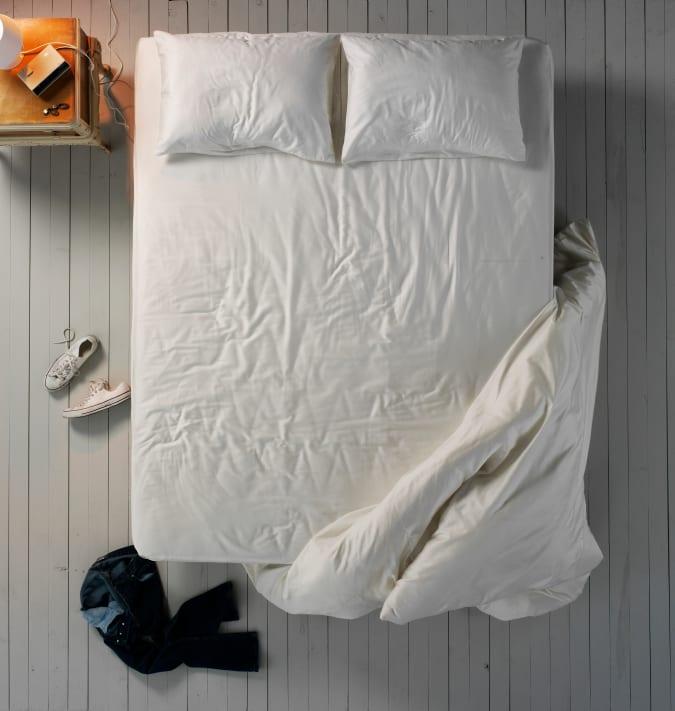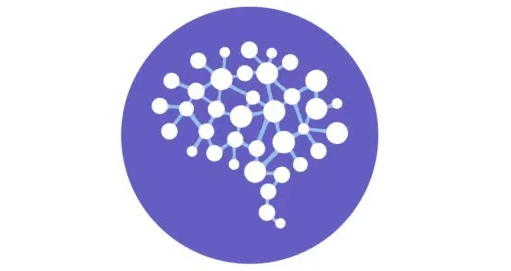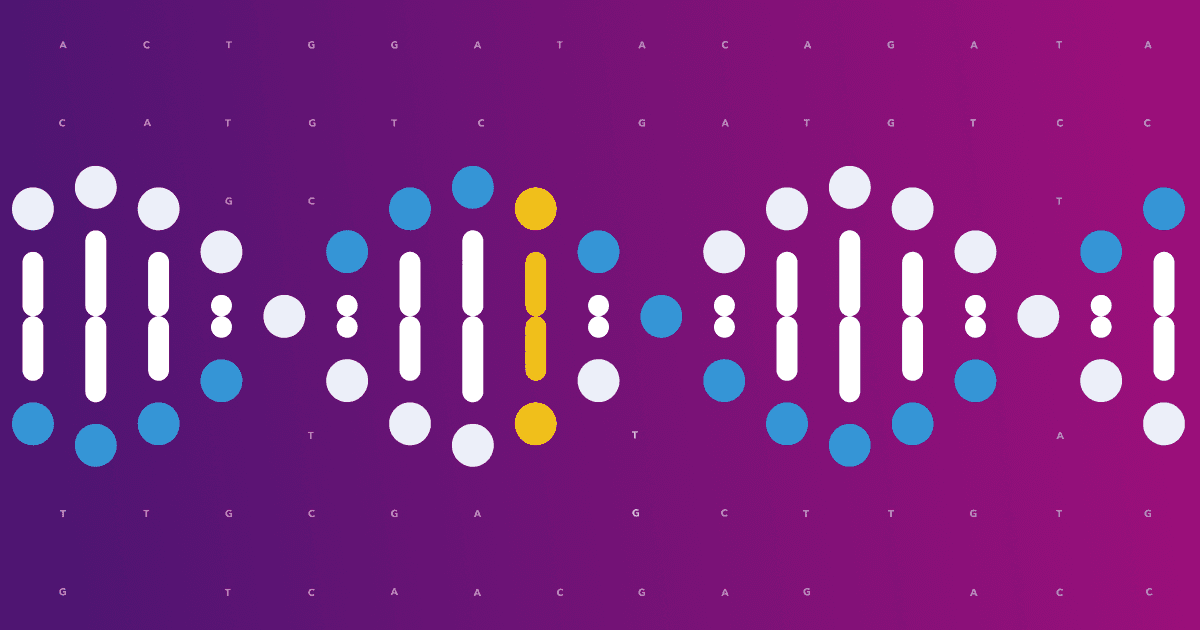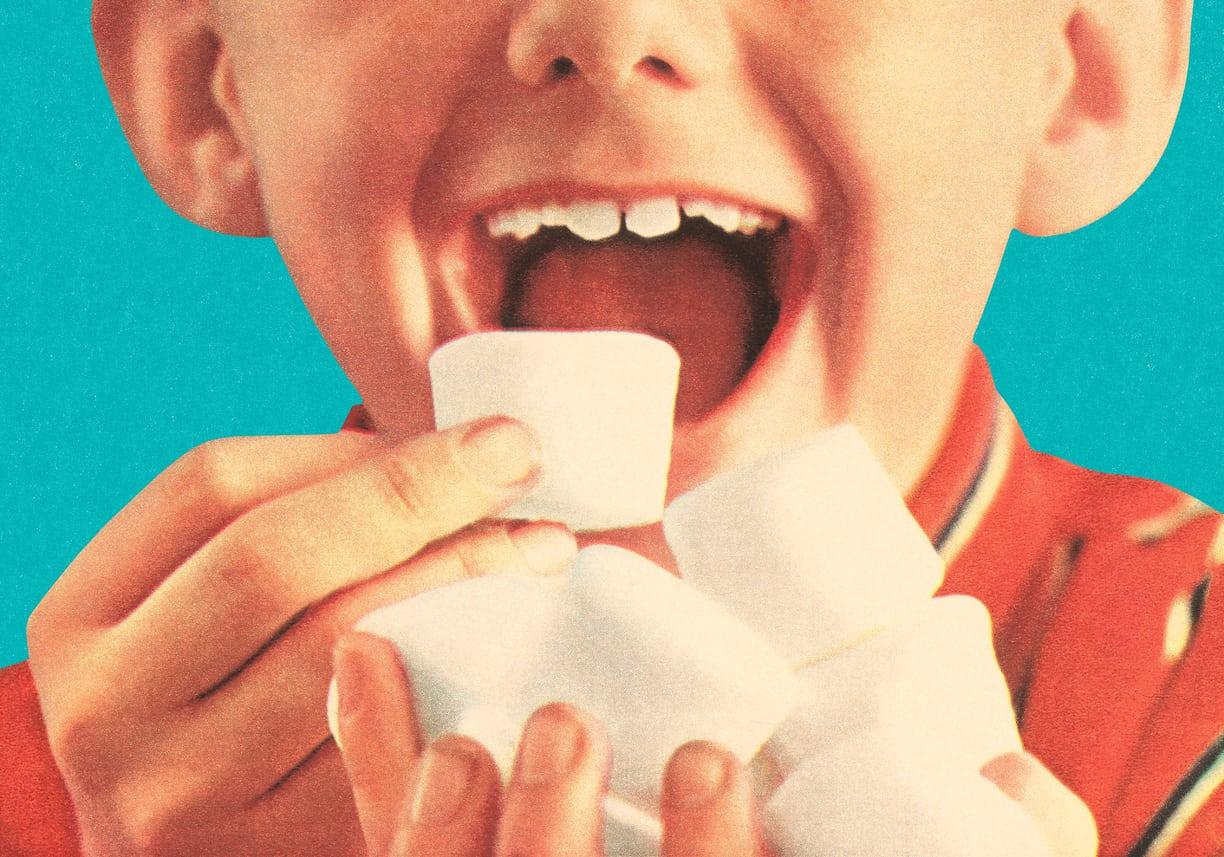If you’ve had trouble sleeping over the last year, you’re not alone, according to a new national sleep survey from 23andMe.
The new data indicate that another side-effect of the pandemic is that a lot of us are having more difficulty falling asleep. When we finally do, we’re waking up more at night or having COVID-related or health-related dreams, according to the online survey conducted in early March.
“The survey offers another proof point for the impact of the pandemic and the ensuing stay-at-home orders,” said Eric Rasmussen, 23andMe’s Director of Consumer Insights & Product Marketing. “What we don’t know yet, but something 23andMe scientists would like to know, is how much of an impact these disruptions might have on people’s long-term health.”
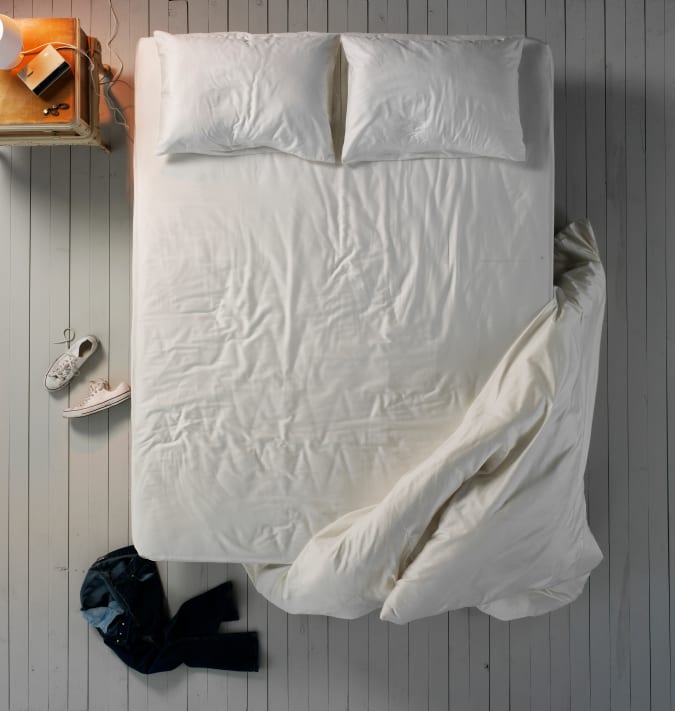
COVID Dreams
The sleep survey results indicate just how much the pandemic has disrupted people’s lives.
More than a quarter of those surveyed reported having trouble falling asleep. At the same time, about 23 percent of those surveyed said they were waking up more than usual. Another 19 percent of the survey respondents said they were restless through the night. One in ten of those surveyed said they either dreamed about COVID-19 or had other health-related dreams.
While not unexpected, the survey gives more data showing how the disruption to work, school, and social interactions have impacted people. Over half of the participants surveyed, 55 percent, were either furloughed, laid off, or working from home. A majority of this group said they were waking up later than they did before the pandemic — 60 percent and 64 percent, respectively. This change could be attributed to a disruption in daily routine, added stress from job loss, or the pandemic’s uncertainty.
Sleep Studies
Sleep and stress each play a role in overall health. 23andMe scientists and their collaborators have looked at several components of sleep, including wake times, sleep apnea, and REM sleep. 23andMe also offers customers throughout its services various reports on obstructive sleep apnea, sleep movement, deep sleep, and more. Each of these different sleep-related issues could affect sleep patterns and contribute to restlessness.
The data from 23andMe’s sleep survey is consistent with other published data over the last few months, indicating the pandemic’s impact on sleep. A study published in early March noted that sleep disruption and stress among healthcare workers during the pandemic is also associated with a higher risk of infection and more severe symptoms from COVID-19. But broad population-wide changes in sleep patterns are notoriously difficult to study.
Waking Later
The survey offers one way to look at those changes. But 23andMe’s research model is also uniquely able to look at sleep patterns more broadly. Over the last year, 23andMe research biostatistician, Teresa Filshtein Sonmez, Ph.D., has looked at data on activity levels and sleep among more than 130,000 consented 23andMe research participants. The sleep data is challenging to understand because our data come from smart devices rather than sleep trackers. Specifically, we know when a device becomes inactive at night, how long each device has been inactive at night, and when a device first becomes active the next morning. Device inactivity is not a direct measure of sleep but can be used to detect substantial changes in our customers’ behavior. By measuring smartphone activity and inactivity, Teresa can gauge changes in when research participants will sleep, wake up, and how long they were asleep.
According to the sleep data, people began sleeping more and waking up later immediately after the first shelter-in-place orders went into effect in March of 2020. In the beginning, people slept a lot more, 1.5 hours more each night, according to the data.
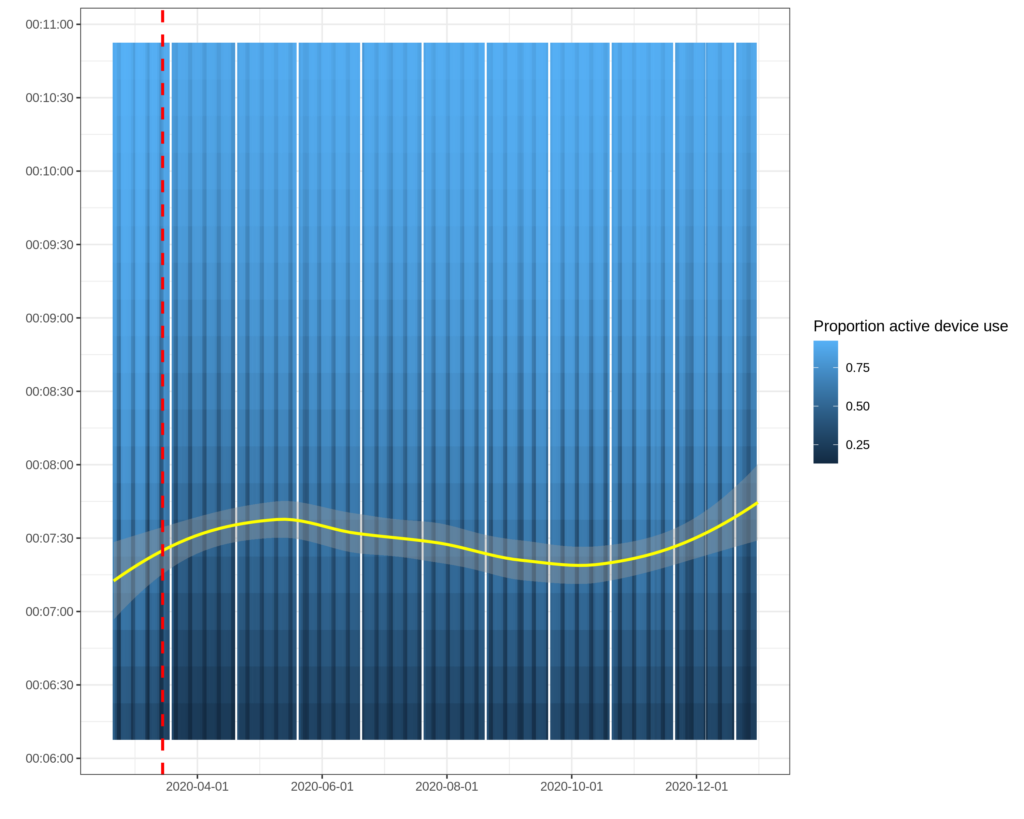
While this wasn’t a measure of sleep quality, it does show a significant change in sleep patterns due to the pandemic. That new pattern has also changed, however. Over the course of 2020, people adjusted to new schedules, and their sleep patterns crept back to what they were like before.

Sleep patterns have slowly crept back toward pre-pandemic patterns. Still, the internal 23andMe research data indicate that people continue to sleep later and get up later each day. But now, instead of sleeping an hour-and-a-half more each night, as they did right at the beginning of the pandemic, they’re sleeping an hour longer.
The data from 23andMe’s sleep survey, together with data from 23andMe’s internal research, shows how the pandemic has transformed lives. The larger question about how this may or may not impact overall health still needs to be studied. And these insights come as another disruption looms on the horizon, with many workers going back into the office or their children going back to school.
